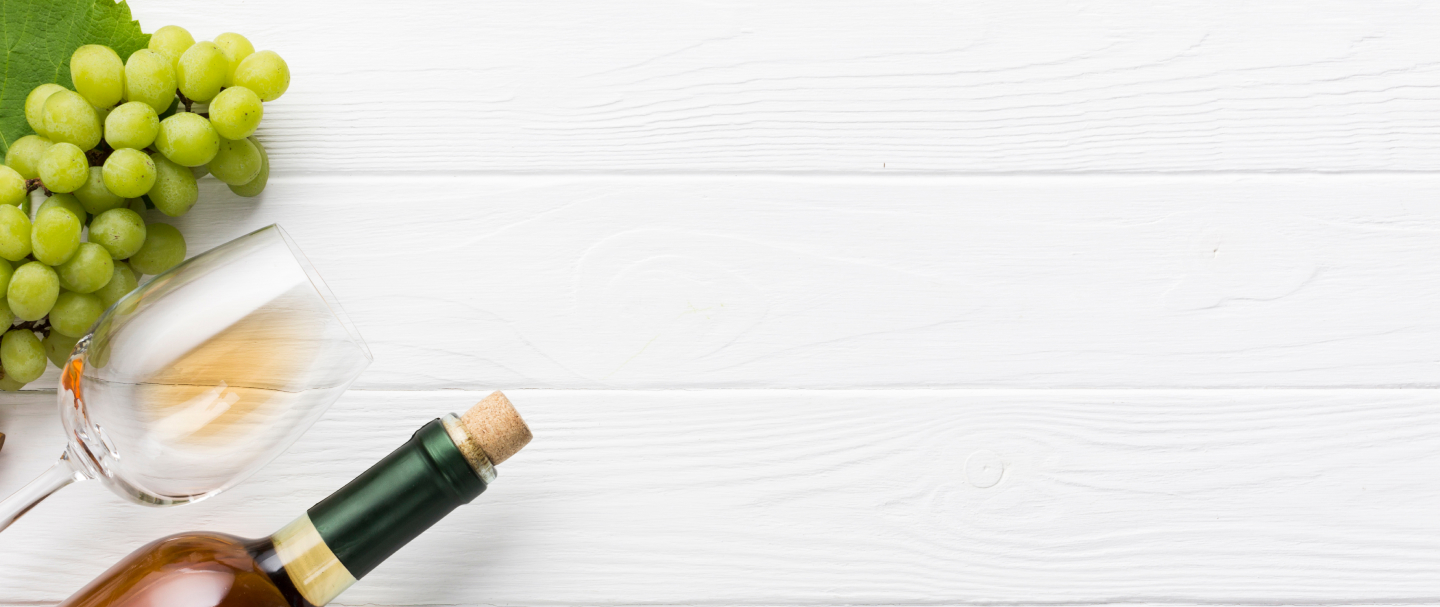Nebbiolo Australia Margaret River Victoria
The Nebbiolo grape varietal is widely understood to be the fruit responsible for Italy's finest aged wines. However, its popularity and reliability as a grape which gives out outstanding flavors and aromas has led it to be planted in many countries around the world, with much success. These purple grapes are distinguishable by the fact that they take on a milky dust as they begin to reach maturity, leading many to claim that this is the reason for their unusual name, which means 'fog' in Italian. Nebbiolo grapes produce wines which have a wide range of beautiful and fascinating flavors, the most common of which are rich, dark and complex, such as violet, truffle, tobacco and prunes. They are generally aged for many years to balance out their characteristics, as their natural tannin levels tend to be very high.
Whilst most of Australia consists of arid deserts and dense bushland, the oceanic coasts to the south of the country have a terrain and climate ideal for vine cultivation and wine production. It took several decades of failed attempts at the end of the 18th century in order to produce vines of a decent enough quality for making wine, but since those first false starts, the Australian wine industry has continued to grow and grow. Today, wine production makes up for a considerable part of the Australian economy, with exports in recent years reaching unprecedented levels and even overtaking France for the first time ever. Whilst the greatest successes in regards to quality have been the result of the Syrah grape varietal (known locally as Shiraz), Australia utilizes several Old World grapes, and has had fantastic results from Cabernet Sauvignon, Merlot, Riesling, Chardonnay and more. As the Australian passion for locally produced wine continues to develop, wineries have begun experimenting with a wider range of grape varietals, meaning that nowadays it isn't uncommon to find high quality Australian wines made from Petit Verdot, Sangiovese, Tempranillo and Viognier, amongst many others.
When it comes to the south-westerly part of Australia, the Margaret River is by far the most important and productive of the area's wine producing regions. The region itself currently has over five thousand hectares of land under vine, and there are almost one hundred and fifty wineries operating there, making the most of the humid and warm climate many experts claim is remarkably similar to that which is found in the Bordeaux region of France. Such a climate can only produce fantastic yields of grapes of exceptional quality, and indeed, Margaret River currently produces almost twenty percent of Australia's wines. Both red and white wine grapes grow in the region, with Cabernet Sauvignon, Shiraz, Chardonnay and Sémillon being the varietals most commonly and widely grown.
The Australian region of Victoria is the country's most historically significant wine region, with vine cultivation and wine production going on there since the mid 19th century. In those times, Victoria produced over half of all Australia's wines. However, today, despite having a huge number of wineries, Victoria has begun to focus on quality over quantity – many of the six hundred wineries based in this region produce wines made from lesser known grape varietals, often producing fascinating wines full of character, but made from vines with far lower yields and a considerably smaller audience. Today, most of the viticulture in Victoria takes place near the cool, coastal region around Melbourne. However, recent years have seen irrigation projects help wine makers grow vines in the more arid parts of the region, with a wide range of grapes now being grown.



